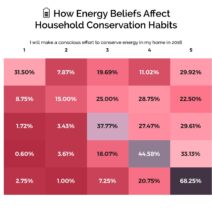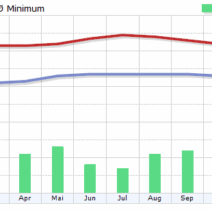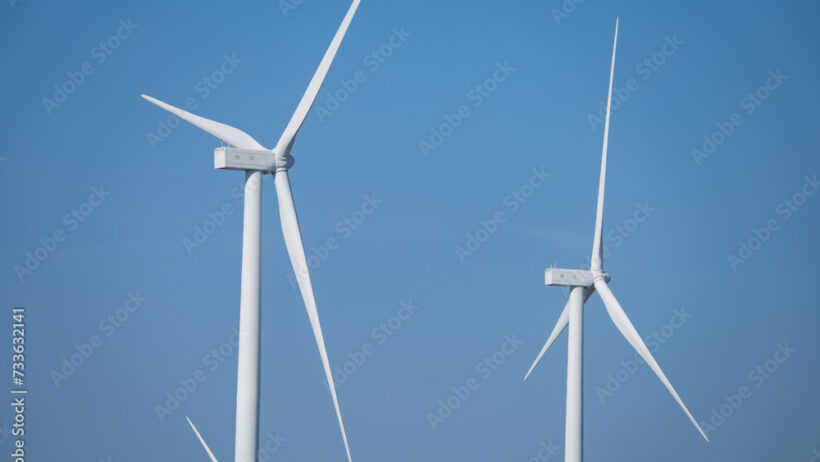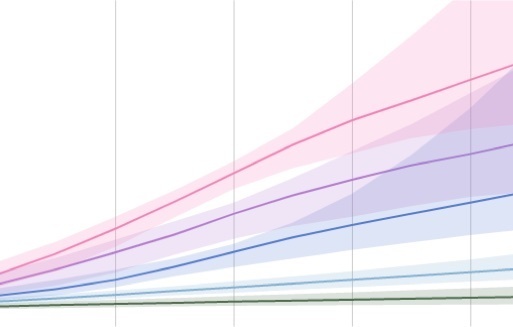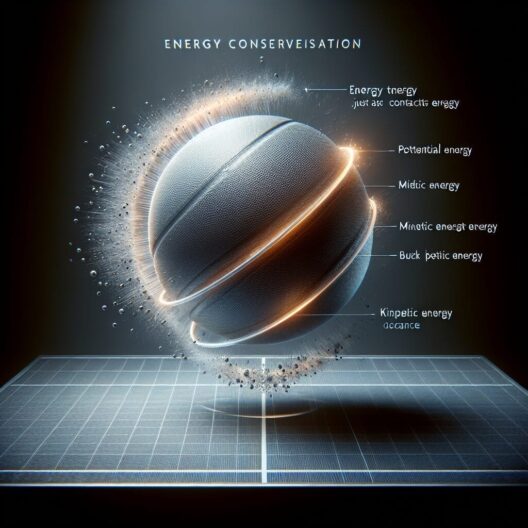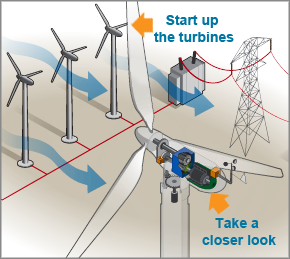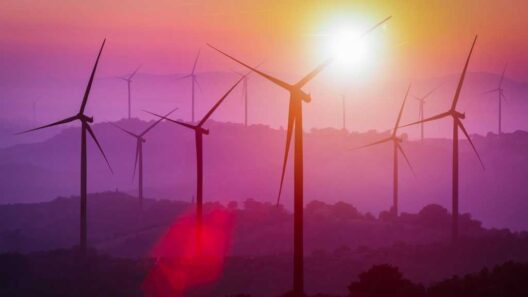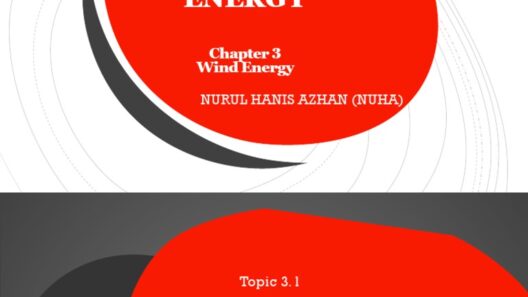Wind energy has been heralded as one of the most promising alternatives to traditional fossil fuels, fueling debates among environmentalists, policymakers, and the general populace. But is wind energy truly renewable? In this exploration, we delve into the nuances of wind power and examine its sustainability as a resource. Here we pose a playful question: If the wind could speak, would it shout for joy at its status as a renewable energy champion, or would it whisper tales of turmoil? Let’s embark on a journey to uncover the realities of this captivating energy source.
To assess whether wind energy qualifies as a genuinely renewable resource, it is vital to first understand the basic principles underpinning wind power. Wind energy harnessing utilizes the kinetic energy generated by air movement, converting it into electricity through wind turbines. Unlike fossil fuels, wind is inexhaustible on a human timescale; it is continuously replenished by atmospheric processes. However, the sustainability of wind energy extends beyond its mere availability. Factors such as ecological impact, technological advancements, and societal implications play pivotal roles in determining its true renewable nature.
Wind turbines, the harbingers of this renewable energy revolution, have evolved remarkably in recent decades. The design and construction of these structures enable them to efficiently capture wind energy with minimal environmental disruption. However, as their numbers continue to rise, so do concerns regarding their environmental footprint. Some critics argue that the production and installation of wind turbines can lead to habitat loss, and the noise generated by their operation may disrupt local wildlife and communities. Can we reconcile the need for renewable energy with the ecological footprints these structures impose?
The answer lies in a holistic examination of wind energy’s benefits versus its drawbacks. While the initial construction and installation phase may have localized negative impacts, the long-term advantages of wind energy are quite profound. By tapping into a limitless resource such as wind, we significantly reduce greenhouse gas emissions compared to conventional energy sources, making strides toward combating climate change. Moreover, once operational, wind turbines produce energy without emitting harmful pollutants—an aspect that sets them apart from fossil fuel combustion.
Equally important to our inquiry is the viability of wind energy to meet global energy demands. As reliance on fossil fuels exacerbates the climate crisis, transitioning to renewable energy sources is vital. But can wind energy accommodate the varying energy requirements across diverse geographies? One often-cited challenge in wind power is its intermittency. Wind does not blow consistently, and the threat of calm days puts a question mark over the feasibility of wind energy as a primary source of electricity. Advanced energy storage technologies, such as batteries and pumped storage systems, are essential to address these discrepancies. Yet, developing these technologies presents its own set of hurdles—financial, technical, and industrial capacity. How can we overcome these obstacles to fully embrace wind energy?
One approach to safeguard the steadiness of wind energy output is through collaborative strategies in energy generation. Integrating wind power with other renewable sources like solar and hydroelectric can mitigate the unpredictability associated with wind variability. By creating a diversified energy portfolio, the peaks and troughs of one energy source can be balanced by another, rendering energy systems more resilient and reliable.
Despite the challenges, there is no denying that wind energy has immense potential for sustainable development. Numerous countries have achieved ambitious wind energy targets, demonstrating the feasibility of large-scale deployment. In 2020, the cumulative global wind power capacity reached approximately 743 gigawatts, providing essential electricity to millions. The International Energy Agency predicts that wind energy could supply almost 35% of the world’s electricity by 2040. However, this optimistic vision necessitates a concerted global effort to invest in wind power technology, infrastructure, and research.
Furthermore, the social aspect of wind energy merits consideration. Communities often face decisions surrounding the installation of wind farms in their vicinity, posing a spectrum of reactions—from enthusiastic support to vehement opposition. A key aspect of wind energy’s long-term viability is public engagement and participation in the development process. Eco-conscious citizens are more likely to support renewable projects when they are informed and consulted. Ensuring transparency in decision-making can lead to a more harmonious relationship between communities and renewable energy initiatives.
At this juncture, one might wonder: is wind energy a panacea for the energy crisis? The answer, while reassuringly optimistic, is nuanced. Ultimately, wind energy stands as a renewable resource with boundless prospects, but not without its challenges. To harness its full potential, a multi-faceted approach incorporating technology, ecology, and community engagement is essential. By addressing issues of intermittency and environmental impact, we can optimize the benefits of wind energy while minimizing its downsides.
In conclusion, while wind energy boasts characteristics that contribute to its designation as a renewable resource, our commitment to its responsible deployment will shape its role in the global energy landscape. The playful question of whether the wind would celebrate its renewable status is perhaps best answered through collective action and informed engagement. As the wind continues to gust and flow, it beckons us to consider our role in fostering a sustainable future. The question remains not just whether wind energy is renewable, but how we can collectively nurture it to ensure a resplendent energy transition.
